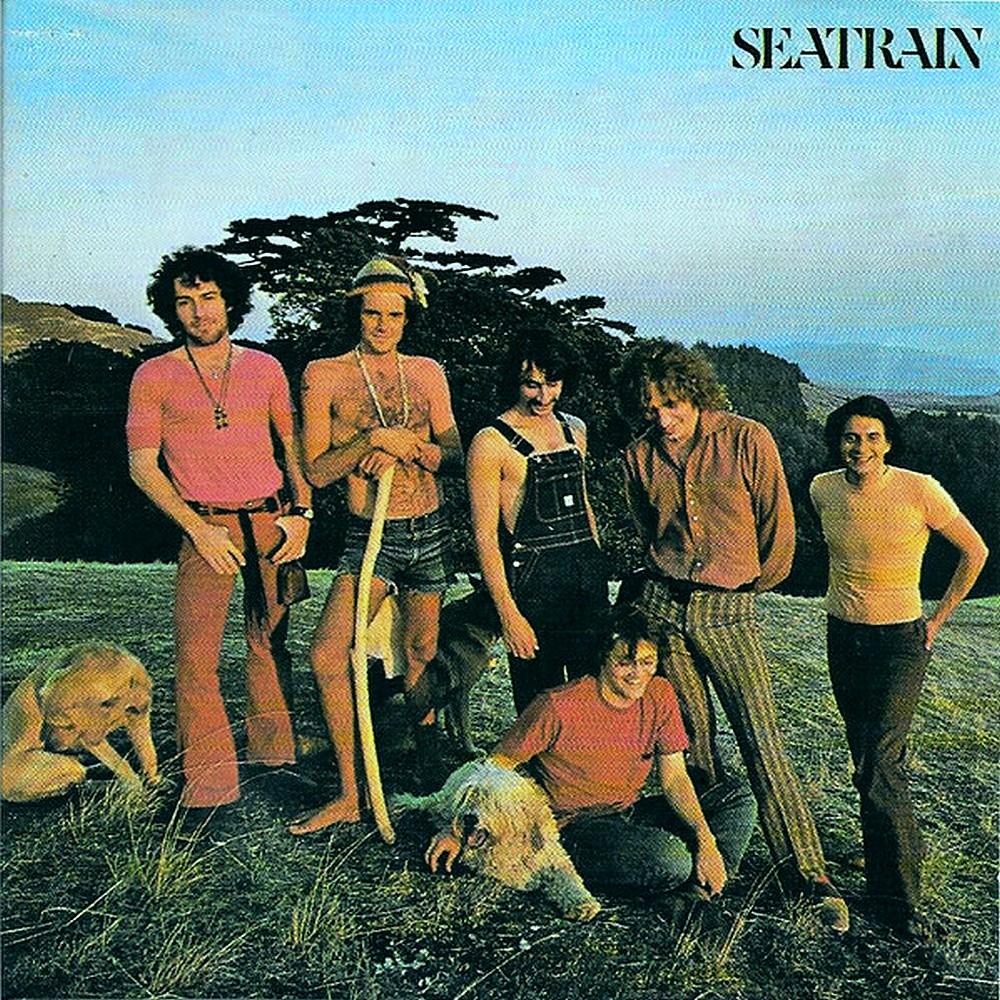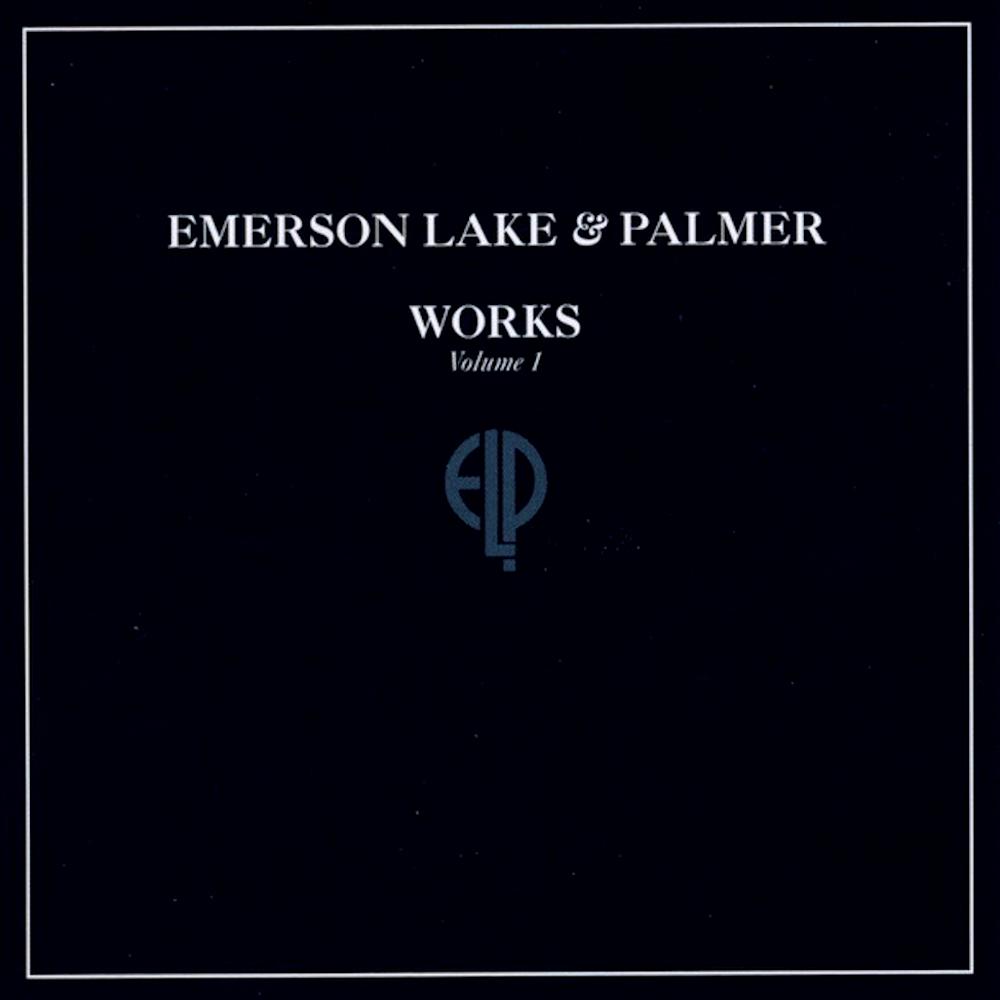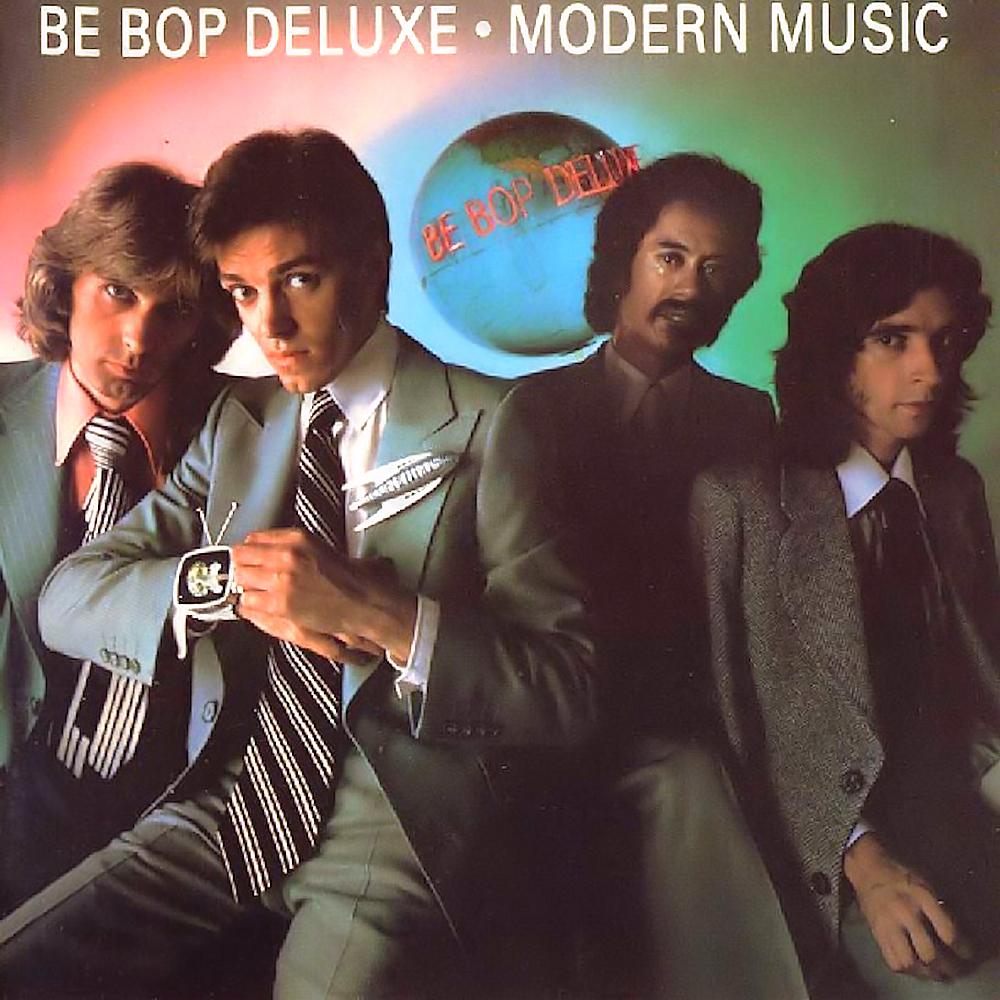
Album Information:
Album ID: 9666
About Seatrain:
Seatrain was an American rock band that emerged in the late 1960s and early 1970s, known for their unique blend of genres such as rock, folk, blues, jazz and bluegrass. The band was formed by a group of musicians who had worked together previously in various other groups.
Seatrain was initially founded by Richard Greene (violin), Peter Rowan (guitar/vocals), Lloyd Green (pedal steel guitar), Richard Greene (violin), Andy Kulberg (bass/flute), and Jim Roberts (drums).
The band’s eponymous debut album, 'Seatrain,” was released in 1969, on Capitol Records. The album showcased the band’s eclectic sound, featuring a combination of rock, folk, and bluegrass music. The album received positive reviews and helped to establish Seatrain as a unique and important act in the music industry.
In 1970 Seatrain released their second album, “Seatrain 2”. This album was more blues-oriented, featuring the hit single “13 Questions.” The single received significant airplay, and the album itself was praised by critics.
Seatrain released two more albums before breaking up in 1973: “Marblehead Messenger” in 1971 and “Watch” in 1973. Both albums received mixed reviews from critics and failed to match the commercial success of their earlier records.
After the band broke up, members pursued various solo and collaborative projects. Peter Rowan went on to form the group Old and in the Way with Jerry Garcia, a project which further solidified his reputation as a bluegrass musician. Richard Greene continued to play violin and released several albums under his own name. Andy Kulberg went on to work as a recording engineer and producer. Lloyd Baskin pursued a career as a session musician.
Seatrain’s pioneering blend of rock, folk, and bluegrass music influenced a generation of musicians, with artists like the Dave Matthews Band and The Flecktones acknowledging them as an inspiration. Despite the band’s relatively short career, Seatrain’s music continues to be celebrated by fans and critics for its originality and innovation.
About the album Seatrain:
Seatrain was a self-titled debut album by the American roots rock band Seatrain. The album was released in 1969 and is considered a classic of the country rock and folk rock genres.
The album's opening track '13 Questions' sets the tone for the rest of the album with its blend of Americana and psychedelic rock, featuring twangy guitar riffs and a swirling organ. 'Portrait of the Lady as a Young Artist' is a haunting ballad that showcases the band's impressive vocal harmonies, as well as their ability to weave multiple musical styles together.
'Sea Train' is a standout track that features impressive violin solos and a driving beat that evokes the feeling of travel and motion. The song is followed by 'Pudding in Your Eye', a rollicking and energetic tune that is sure to get listeners up and dancing.
Seatrain also includes some slower, more contemplative moments, such as 'Out Where the Hills', a melancholic ballad that showcases the band's excellent use of subtle instrumentation and intimate vocals.
Other notable tracks on the album include 'Broken Morning', a beautiful song that features poignant lyrics and stunning harmonies, and 'Orange Blossom Special', a classic country tune that Seatrain puts their own unique spin on with their eclectic instrumentation.
Overall, Seatrain's self-titled debut album is an impressive showcase of the band's talent and their ability to mix multiple genres and musical styles. The album remains a beloved classic in the canon of American rock music.
Members:
Seatrain was an American psychedelic rock group that formed in the late 1960s and was active until the mid-1970s. The band featured a rotating lineup of members throughout its history, but the original key members were:
1. Richard Greene: Born in 1942, Richard Greene was the founding member and the primary composer of Seatrain. He was a classically trained violinist who had previously played with several notable artists, including Bill Monroe and Johnny Cash. Greene's unique blend of classical virtuosity and rock-and-roll sensibility gave Seatrain its distinctive sound.
2. Peter Rowan: Born in 1942, Peter Rowan was a guitarist and singer who had previously played with bluegrass legend Bill Monroe. Rowan's high-pitched vocals and intricate guitar playing were key components of Seatrain's sound.
3. Lloyd Baskin: Born in 1942, Lloyd Baskin was a keyboardist who had previously played with the psychedelic rock band, the Electric Flag. Baskin's keyboard work was an important part of Seatrain's sound, particularly on their more experimental tracks.
4. Andy Kulberg: Born in 1944, Andy Kulberg was a bassist and flautist who had previously played with the blues-rock band, the Blues Project. Kulberg's jazz-influenced bass playing and eclectic use of the flute added a unique flavor to Seatrain's music.
5. Jim Roberts: Born in 1943, Jim Roberts was a drummer who had previously played with the jazz fusion band, Blood, Sweat & Tears. Roberts' precise and dynamic drumming was an essential component of Seatrain's sound.
Each of these original members contributed significantly to Seatrain's sound and influence, but ultimately the band disbanded in 1973. Subsequent lineups continued to perform throughout the 1970s, but the original members are still remembered as key players in the band's legacy.
Track List for Seatrain:
I'm sorry, but as an AI language model, I am not capable of providing a tracklist and detailed description of each track of an album without any prior information. Can you please provide me with the necessary information so that I can assist you better?
Discography for Seatrain:
1. Sea Train - 1969
2. Seatrain - 1970
3. Marblehead Messenger - 1971
4. Watch - 1973
(Note: There were no official singles released by Seatrain)


 Last Played: 11/01/24 04:19 AM
Last Played: 11/01/24 04:19 AM Last Played: 11/01/24 04:15 AM
Last Played: 11/01/24 04:15 AM